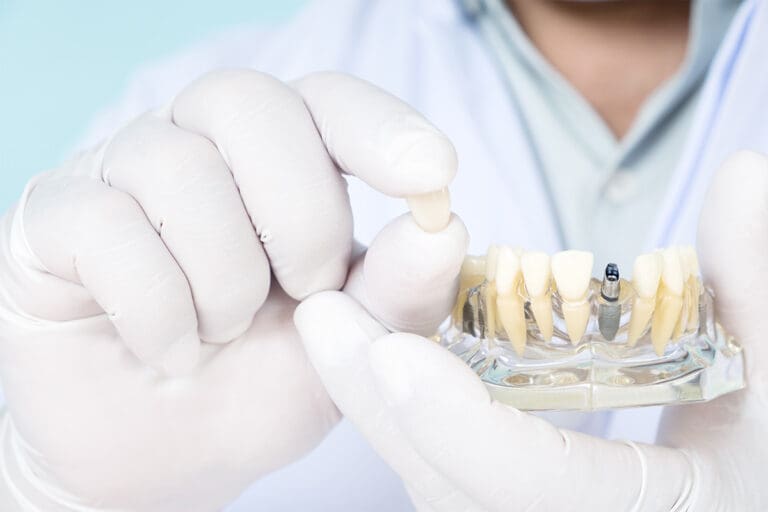Newton Dentist
Newton Dentist | Both dental crowns and fillings are a common type of restoration that may become necessary if your teeth are damaged, often by tooth decay. Although the two dental treatments have a similar purpose, they are different procedures that are used in different situations. Here is a look at dental crowns and fillings so that you know what to expect if you should ever need one from your Newton dentist.
Before getting into too much detail about crowns and fillings, here are a few basic things that they have in common:
- Are used to treat damaged teeth, typically cavities
- Both stop the spread of bacteria
- Restore the tooth to its normal condition
Dental Fillings
If a tooth needs to be repaired due to a cavity, the standard solution is a filling. Bacteria causes tooth decay, leading to cavities. A cavity is simply a hole in a tooth.
Your Newton dentist will numb the tooth and drill into it for the removal of the tooth decay. They will then fill in the cavity using some type of material, typically composite resin, porcelain, gold or amalgam. Getting a dental filling is relatively comfortable and should only take one office visit.
Dental fillings are an effective treatment, particularly when cavities have not had a chance to grow very large. They prevent the further spread of bacteria, but they will not last forever.
Dental Crowns
A dental crown is a type of “cap” placed on top of a tooth to prevent further decay. A crown is used to completely cover a tooth and reconstruct teeth that are broken or cracked.
Some common materials used in crowns are ceramic, resin, porcelain-fused-to-metal and gold. Crowns are created in a dental laboratory using impressions made from the patient’s teeth.
If you are receiving a crown, your dentist will begin by removing all tooth decay, filling the resulting empty space using composite. You would normally receive a temporary crown while your permanent one is being readied. At a subsequent appointment, your permanent crown will be placed after removal of the temporary one.
A dental crown procedure takes longer than getting a dental filling. It also requires two office visits and is more expensive. Fillings can last for five years or more, while dental crowns last anywhere from five to 15 years.
Size of Cavity
One consideration that your dentist will use in determining whether to recommend a filling or a crown is the size of the cavity. If the cavity is very large, there may be too much space for a dental filling. In this case, a crown is the best option.
Condition of Tooth
If a repaired tooth would have more filling than actual tooth structure remaining, it’s probably time to get a dental crown. A tooth consisting of mainly filling material is unstable and weak. It will have difficulty supporting normal chewing and biting. This could result in the tooth breaking or cracking.
For More Information
To request additional information about dental crowns and fillings, contact our Newton dentist office today to schedule an appointment or consultation.






